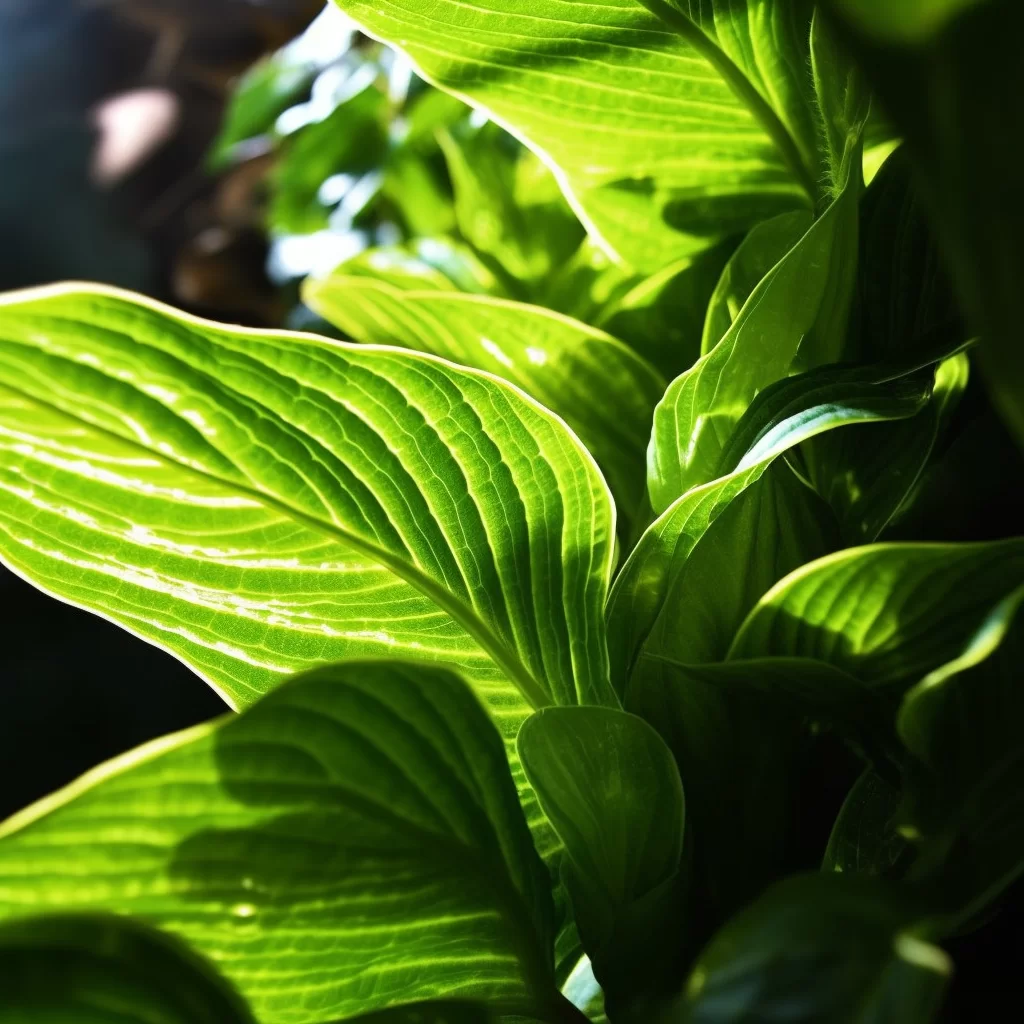Story of Day :
Contents
The Hosta Plant: A Complete Guide and Care Tips
Gardeners, welcome to the world of hostas! These leafy perennials are a favorite among garden enthusiasts for their beauty and low maintenance. If you’re looking to add some charm to your garden without breaking the bank, then hostas are the perfect choice. In this comprehensive guide, we’ll give you everything you need to know about growing and caring for your hosta plants.
What Is a Hosta Plant?

Hostas are herbaceous perennials that belong to the family Asparagaceae. They originated in eastern Asia but have since spread across North America and Europe. The plant’s leaves come in various shades of green, blue-green, yellow or white with different shapes and sizes that can range from 2 inches long to over 2 feet wide.
How To Grow Your Hosta

- Selecting Your Site: Choosing the right site is essential when it comes to growing hostas. They thrive best in areas with partial shade or filtered sunlight but can tolerate full sun if given enough water never putting them under direct harsh sunlight.
- Soil Preparation: Before planting your hosta plant make sure that soil should be moist but well-drained soil rich in organic matter like compost or worm castings which will help your plants thrive better providing vital nutrients required.
- Sowing Your Seeds: Once you’ve prepared your site and soil for planting, it’s time for sowing seeds! While there is no guaranteed method of seeding since they take longer than usual try sowing them indoors before transplanting outside once they reach about two inches tall
Caring For Your Hosta Plant

Caring for your hosta is relatively easy. Here are some helpful tips to keep in mind:
- Watering: Water your hosta plants thoroughly once a week, and more often if the soil feels dry when you touch it.
- Fertilizing: Apply a balanced fertilizer in early spring before new growth appears and again after flowering has finished.
- Mulching: Mulch around the base of your hosta plant with a layer of organic material like bark mulch or shredded leaves. This will help retain moisture and control weeds.
- Pruning: Remove any dead, damaged, or yellow leaves to promote healthy growth.

Pest And Disease Control
The good news is that hostas are generally pest-resistant. However, they can fall prey to slugs and snails during wet periods as these pests love moist environments. If this occurs there are several natural ways to control them such as placing copper wire around the perimeter of your garden bed or using diatomaceous earth which will dehydrate them on contact preventing further damage from being done on leaves..
The Benefits Of Growing Hostas
Growing hostas comes with many benefits including their low maintenance requirements making them perfect for both novice gardeners and busy people who don’t have much time available but still want beautiful gardens full of life! These plants also come in various shapes, sizes, colors which makes it easy for gardeners to create different themes from traditional Japanese style gardens with large-leaved varieties showcasing shades of green-blue hues while others prefer mixing different colored flowers together creating stunning combinations sure catching everyone’s attention.
Overall these fascinating perennials are a fantastic addition to any garden.
Conclusion
In conclusion, hostas are low-maintenance perennials that can add charm and beauty to any garden. With the right care and conditions, these plants will thrive for years to come. Remember to select the right site, prepare your soil well before planting and keep an eye on pests or diseases that may affect your plant’s growth. Following our guide above will provide you with everything you need for successful growing!
